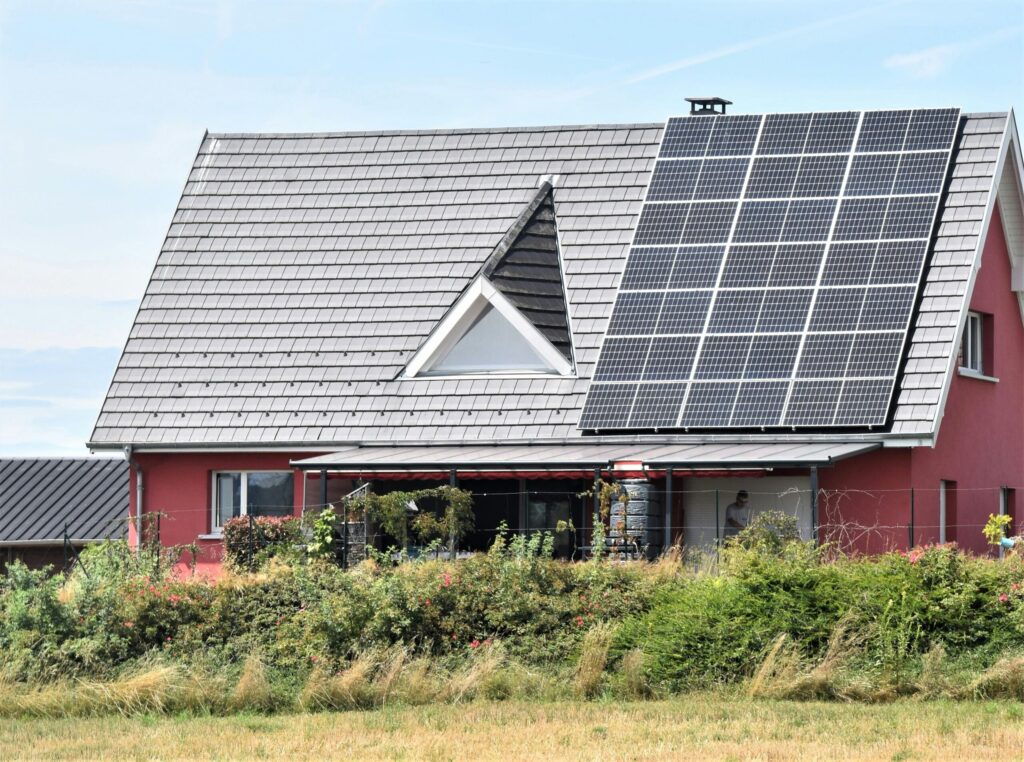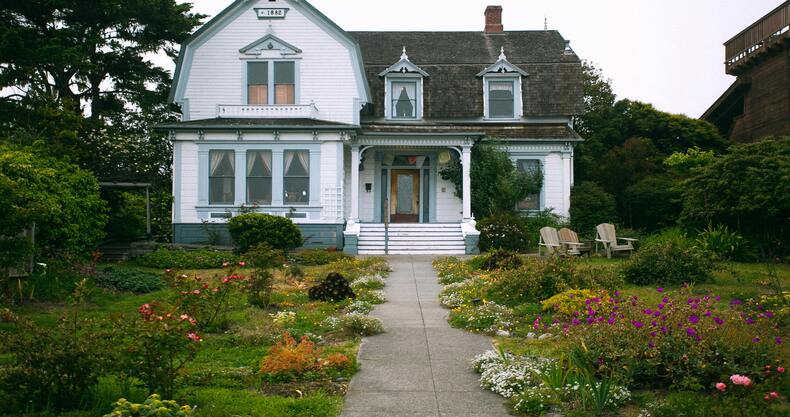Preserving Maryland’s natural beauty while preparing a site for construction is a responsibility every homeowner and builder should take seriously. Maryland’s abundant biodiversity, ranging from thriving wetlands to mature forests, is home to countless species of flora and fauna. Construction activities, unfortunately, often disrupt these natural habitats, causing long-term environmental impact.
If you’re planning to build in Maryland or Washington, DC, here are actionable tips to minimize harm to native plants and animals while preparing your building site.

Why Protecting Native Flora and Fauna Matters
Before we discuss the “how,” it’s worth understanding the “why.” Protecting native ecosystems doesn’t just benefit wildlife; it also enhances the long-term value and sustainability of your property. Native vegetation prevents soil erosion, enhances water quality, and encourages the presence of pollinators essential to your garden’s health. Similarly, safeguarding local fauna helps maintain the delicate balance of natural ecosystems that enrich your surroundings.
1. Conduct a Site Inventory and Assessment
Before breaking ground, work with environmental consultants or a reputable contractor familiar with Maryland’s ecological regulations to assess the plants and animals on your property.
Key things to identify include:
- Mature trees that can be preserved
- Areas with rare or protected plant species
- Signs of existing wildlife habitats, such as bird nesting zones or amphibian breeding spots
This early step will help you plan your construction to minimize disruption.
2. Respect Buffer Zones and Wetlands
Maryland is known for its wetlands, which are vital habitats for many species. It is essential to comply with local regulations when building near these sensitive areas. Establish buffer zones around water bodies and avoid stockpiling materials or heavy equipment in areas that could damage these ecosystems.
Preserving riparian buffers (vegetated strips by rivers or streams) helps filter runoff and protects aquatic life. Ensuring your site respects these zones isn’t just environmentally conscious; it’s often legally required.
3. Preserve Mature Trees and Vegetation
Mature trees are not only beautiful but essential to native ecosystems. Where possible, identify key trees that should remain and adjust your construction plans accordingly. To protect their root systems, establish a tree protection zone that extends to the edge of the tree’s canopy.
Additionally, retaining native shrubs and other vegetation can act as a natural barrier, preventing soil erosion and maintaining habitat continuity for small mammals, birds, and insects.
4. Minimize Deforestation and Land Disturbance
Clearing land for construction should be done thoughtfully and minimally. Work with your contractor to only remove vegetation where absolutely necessary. For areas that need clearing, consider performing this task outside of breeding seasons to reduce the impact on local wildlife.
Planning for a smaller footprint can reduce runoff pollution and leave crucial habitats intact.

5. Use Native Plants in Landscaping
Once construction is complete, avoid introducing invasive plant species in your landscaping. Instead, opt for natives such as Black-eyed Susans, dogwoods, or native ferns.
Native plants have evolved to thrive in Maryland’s climate and ecosystems, requiring less water and maintenance. They also provide food and shelter for local wildlife, such as pollinators and songbirds.
6. Implement Erosion and Runoff Control Measures
Construction activities often lead to soil erosion and sediment-laden runoff, which could harm nearby streams and wetlands. Include erosion control methods such as silt fences, straw wattles, or vegetative cover around disturbed soil.
Consider incorporating rain gardens or permeable pavers in the landscaping phase to manage water runoff sustainably. These measures not only protect water quality but can enhance your property’s aesthetic.
7. Partner with Eco-Friendly Builders
Working with builders experienced in environmentally sensitive construction can make a tremendous difference. They are well-versed in strategies like minimizing site disturbance, repurposing cleared vegetation, and compliant waste disposal.
A local Maryland contractor will also be familiar with state and county guidelines, ensuring your building preparation remains within the law.
8. Rehome Wildlife as Needed
If your site has active wildlife, such as fox dens or turtle nesting areas, work with wildlife professionals to safely relocate animals before construction begins. This is especially important if your build site overlaps with species protected under Maryland law.
9. Educate Yourself and Stay Compliant
Understanding Maryland’s environmental laws and permitting requirements saves you time, money, and potential fines. Research local ordinances governing tree preservation, wildlife protection, and buffer zones. Consult Maryland’s Department of the Environment and the U.S. Fish and Wildlife Service for detailed guidelines tailored to your county.
10. Create Wildlife Corridors
When designing your property, ensure connectivity between natural habitats by leaving “wildlife corridors” that encourage animals to safely move across the landscape. These pathways reduce the likelihood of animals wandering into high-traffic areas, promoting coexistence between humans and wildlife.
Build Responsibly, Preserve Maryland’s Beauty
When preparing your building site in Maryland, protecting native flora and fauna isn’t just an ethical choice; it’s a practical one that future-proofs your land for generations. A thoughtful approach ensures that your dream home supports the thriving biodiversity that makes Maryland such a unique place to live.
If you’re ready to build and want to ensure environmentally sensitive planning, contact one of our trusted Maryland or DC contractors. Together, we can create a home that blends seamlessly with its natural surroundings.
Stay committed to conservation, and the rewards will go far beyond a beautiful home.





